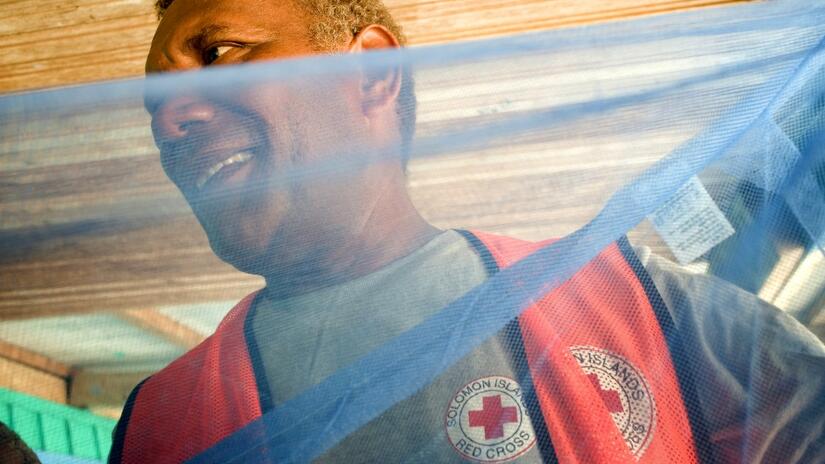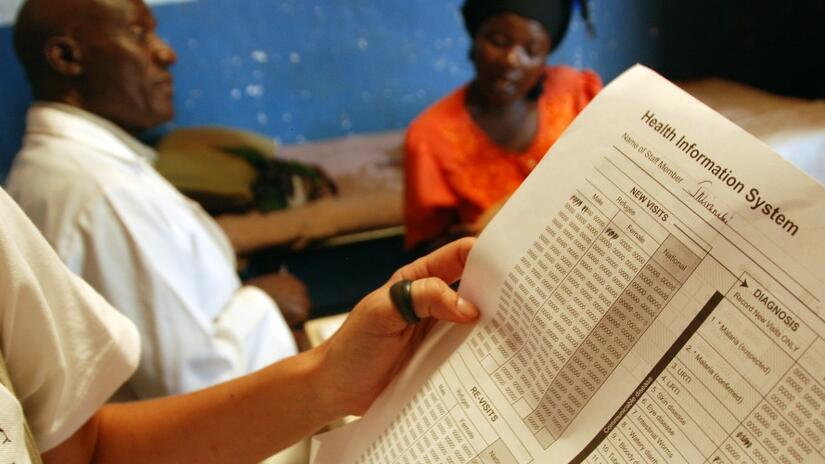World Malaria Day
Malaria is a preventable and treatable disease transmitted by mosquitoes. According to the World Health Organization (WHO), malaria kills more than 619,000 people every year. Pregnant women and children are at highest risk, with an estimated two thirds of malaria deaths among children under the age of five.
How IFRC is working to combat Malaria

A Solomon Islands Red Cross volunteer helps distribute bed nets to communities in preparation for malaria season
Photo: IFRC/Rob Few
Although there has been much global progress in the fight against malaria, it is slowing down due to rising insecticide resistance—making preventive measures such as insecticide-treated nets and indoor spraying less effective. There is also growing evidence of resistance to some first-line malaria treatments.
The IFRC’s work tackling malaria focuses on supporting Red Cross and Red Crescent Societies (particularly in Africa where the disease is most common) to plan and deliver high-quality malaria activities.
Working with communities around the world

A Spanish Red Cross health worker holds a chart detailing outpatient treatment and malaria diagnosis
Photo: Spanish Red Cross/Sonia Cervello
IFRC malaria activities are delivered either on their own or as part of broader community health programmes. They include:
- Campaigns to distribute insecticide-treated bed nets or spray households with insecticide
- Administering presumptive treatment to children as part of seasonal malaria chemoprevention
- Social and behaviour change activities to promote correct, nightly bed net use, prompt and early care-seeking in case of fever and to encourage women to attend antenatal care for malaria prevention
- Integrated community case management, working closely with Ministries of Health to ensure diagnosis and treatment of malaria and other childhood illnesses is available as close to the home as possible
